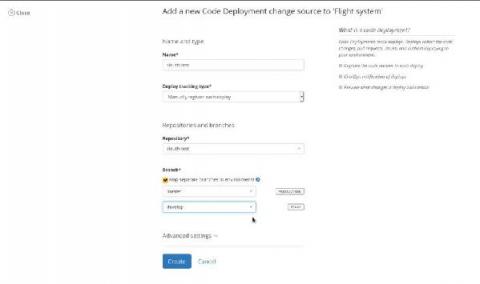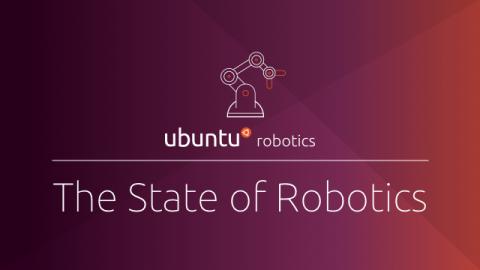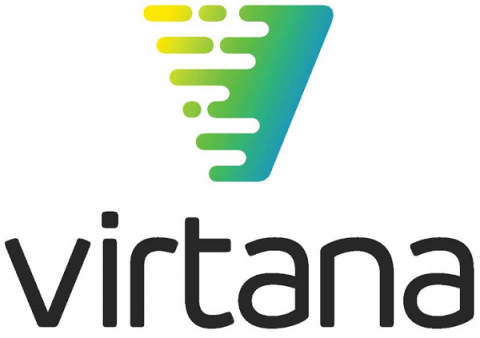Operations | Monitoring | ITSM | DevOps | Cloud
DevOps
The latest News and Information on DevOps, CI/CD, Automation and related technologies.
Track deployments and now ... environments with Sleuth
Sleuth now tracks Environments with new first-class environment support!
Quick, do you know what code is currently deployed to production? How about staging? How far apart are these environments? Sleuth tracks your deployments, and today, Sleuth is launching first-class environments support. I'm going to show you how it works, steps to take to migrate your existing projects, and where we plan to take it in the future.
The State of Robotics - July 2020
We know a lot of you are on vacation so we’ll keep this month’s State of Robotics edition short and sweet. Looking for an easy way to get familiar with ROS 2? We recently published a few helpers on how to simulate robots with turtlesim to help our readers get a rolling start on ROS2. For something that carries a little more punch, follow our tutorial on simulating a TurtleBot3.
Track deploys by environment with Sleuth's first-class environment support!
Quick, do you know what code is currently deployed to production? How about staging? How far apart are these environments? Sleuth tracks your deployments, and today, Sleuth is launching first-class environments support. I'm going to show you how it works, steps to take to migrate your existing projects, and where we plan to take it in the future.
Godoc in GoCenter Tells A Go Module's Story
AUCloud sees 30% capacity savings and 20% performance improvement partnering with Virtana for its IT optimization strategy
San Jose, CA, August 6, 2020 – AUCloud’s IT infrastructure has seen a 30% savings in IT capacity and a 20% improvement in performance by implementing deep IT monitoring tools. The Australian Government and Critical National Industry Infrastructure-as-a-Service (IaaS) provider’s improvements in results were gained through its partnership with Virtana, a leader in enterprise hybrid cloud migration and optimization.
The hybrid cloud optimization expert: Virtana ensures a simple, risk-free, and cost-optimized migration that will accelerate your IT transformation
The Silicon Review In today’s digital era, the IT organizations equipped to see and fully understand their applications and infrastructure are well poised to find, fix, and prevent performance or cloud-related issues – often before they arise. However, without expert guidance and fine-tuned solutions, digital transformation and the promise of hybrid cloud infrastructures can create unforeseen complexities throughout the process.
Are We There Yet? The Long, Hot Road Trip to the Cloud
“If I have to pull this car over, there will be trouble!” Does this evoke childhood memories of summer adventures in the family car? It’s the same sort of dread we get when the IT budget holder turns around and threatens to pull over on our journey to the cloud or hybrid cloud. The family summer road trip may be filled with great expectations, but the last thing we want is an unforeseen disruption along the way. And migration to the cloud is no different.
Set up Collabora Online on the Nextcloud Ubuntu Appliance
Alongside five popular software projects, we recently launched a new initiative called Ubuntu Appliances. A portfolio of software that allows users to turn a Raspberry Pi or an Intel NUC into a secure, self-hosted device. The initial launch included the Nextcloud Ubuntu Appliance. An application that enables you to host your own cloud, on your own hardware. In this blog, we discuss the benefits of the Nextcloud Appliance, and the addition of Collabora Online for use on the Intel NUC.








